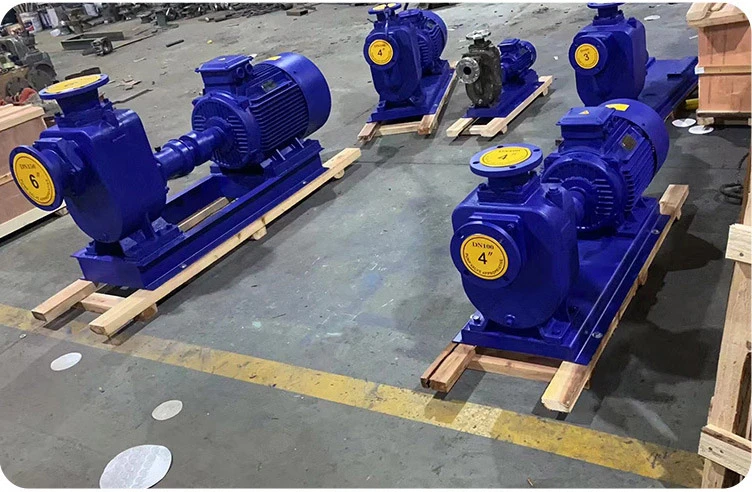English
- Afrikaans
- Albanian
- Amharic
- Arabic
- Armenian
- Azerbaijani
- Basque
- Belarusian
- Bengali
- Bosnian
- Bulgarian
- Catalan
- Cebuano
- Corsican
- Croatian
- Czech
- Danish
- Dutch
- English
- Esperanto
- Estonian
- Finnish
- French
- Frisian
- Galician
- Georgian
- German
- Greek
- Gujarati
- Haitian Creole
- hausa
- hawaiian
- Hebrew
- Hindi
- Miao
- Hungarian
- Icelandic
- igbo
- Indonesian
- irish
- Italian
- Japanese
- Javanese
- Kannada
- kazakh
- Khmer
- Rwandese
- Korean
- Kurdish
- Kyrgyz
- Lao
- Latin
- Latvian
- Lithuanian
- Luxembourgish
- Macedonian
- Malgashi
- Malay
- Malayalam
- Maltese
- Maori
- Marathi
- Mongolian
- Myanmar
- Nepali
- Norwegian
- Norwegian
- Occitan
- Pashto
- Persian
- Polish
- Portuguese
- Punjabi
- Romanian
- Russian
- Samoan
- Scottish Gaelic
- Serbian
- Sesotho
- Shona
- Sindhi
- Sinhala
- Slovak
- Slovenian
- Somali
- Spanish
- Sundanese
- Swahili
- Swedish
- Tagalog
- Tajik
- Tamil
- Tatar
- Telugu
- Thai
- Turkish
- Turkmen
- Ukrainian
- Urdu
- Uighur
- Uzbek
- Vietnamese
- Welsh
- Bantu
- Yiddish
- Yoruba
- Zulu
Telephone: +86 13120555503
Email: frank@cypump.com
Dec . 06, 2024 02:46 Back to list
best submersible mixed flow pump
The Best Submersible Mixed Flow Pump Key Features and Benefits
Submersible mixed flow pumps have gained significant popularity in various applications, including agricultural irrigation, wastewater management, and industrial processes. These pumps are designed to operate while submerged in the fluid they are pumping, making them an excellent choice for moving large volumes of water and other liquids efficiently. In this article, we will explore the best submersible mixed flow pumps, highlighting their key features, benefits, and applications.
Understanding Submersible Mixed Flow Pumps
Submersible mixed flow pumps are classified according to their design and operational mechanisms. Unlike traditional pumps that sit above the fluid, submersible pumps are often integrated into a casing submerged in the water. This allows them to work without requiring priming and can effectively handle varying levels of viscosity and solids. The mixed flow design combines centrifugal and axial flow principles, resulting in high efficiency and flow rates over a wide range of pumping conditions.
Key Features
1. High Efficiency One of the primary advantages of submersible mixed flow pumps is their ability to move large volumes of fluid with minimal energy consumption. Their design enables them to maintain high efficiency across various operating conditions, making them cost-effective for both energy and operational expenses.
2. Durability These pumps are typically constructed with robust materials like stainless steel or high-grade plastic that can withstand harsh conditions, including corrosive fluids and debris. Their durability minimizes maintenance needs and prolongs service life.
3. Submersible Design Since these pumps operate underwater, they are highly effective in applications where surface pumps would be impractical. The submersible design also allows for reduced noise levels, making them ideal for residential areas or quiet environments.
4. Versatile Applications Submersible mixed flow pumps are used in a wide range of industries. They are common in agriculture for irrigation purposes, in municipal applications for sewage and wastewater treatment, and in industries for various fluid handling processes. Their versatility makes them an invaluable tool in numerous sectors.
best submersible mixed flow pump

5. Self-Priming Ability Submersible pumps do not need to be primed, as they are already submerged. This feature saves time and effort during the setup process, allowing for quick deployment in emergencies or when dealing with fluctuating water levels.
Key Benefits
- Cost-Effectiveness With their high efficiency and reduced energy consumption, submersible mixed flow pumps can lead to significant cost savings over time. The initial investment is often offset by lower operational costs, especially in large-scale applications.
- Reduced Noise Pollution Operating underwater considerably lowers noise levels, making these pumps suitable for urban areas or applications where noise reduction is crucial.
- Improved Safety Submersible pumps eliminate the need for complex piping systems or lift installations. This design reduces potential hazards associated with traditional pumping methods, offering a safer solution for operators.
- Environmental Impact Many modern submersible mixed flow pumps are designed to be energy-efficient and minimize wastage. By selecting a high-quality, efficient pump, users can reduce their environmental footprint.
Conclusion
In conclusion, the best submersible mixed flow pumps offer a combination of efficiency, durability, and versatility, making them ideal for a wide range of applications. Their self-priming ability, along with reduced noise levels and operational costs, further accentuates their importance in modern fluid handling systems. Whether for agricultural, municipal, or industrial use, these pumps stand out as a reliable solution to meet the demands of today’s challenges. As technology advances, we can expect even better performance from these indispensable tools.
-
ISG Series Vertical Pipeline Pump - Chi Yuan Pumps Co., LTD.|High Efficiency, Energy Saving, Low Noise
NewsJul.30,2025
-
ISG Series Vertical Pipeline Pump- Chi Yuan Pumps|High Efficiency&Low Noise
NewsJul.30,2025
-
ISG Series Vertical Pipeline Pump-Chi Yuan Pumps Co., LTD.|High Efficiency&Energy Conservation
NewsJul.30,2025
-
ISG Series Vertical Pipeline Pump - Chi Yuan Pumps Co., LTD.|Advanced Hydraulic Design&Energy-Efficient Solutions
NewsJul.30,2025
-
ISG Series Vertical Pipeline Pump - Chi Yuan Pumps Co., LTD.
NewsJul.30,2025
-
ISG Series Vertical Pipeline Pump - Chi Yuan Pumps Co., LTD.|energy-efficient fluid handling&industrial durability
NewsJul.30,2025










